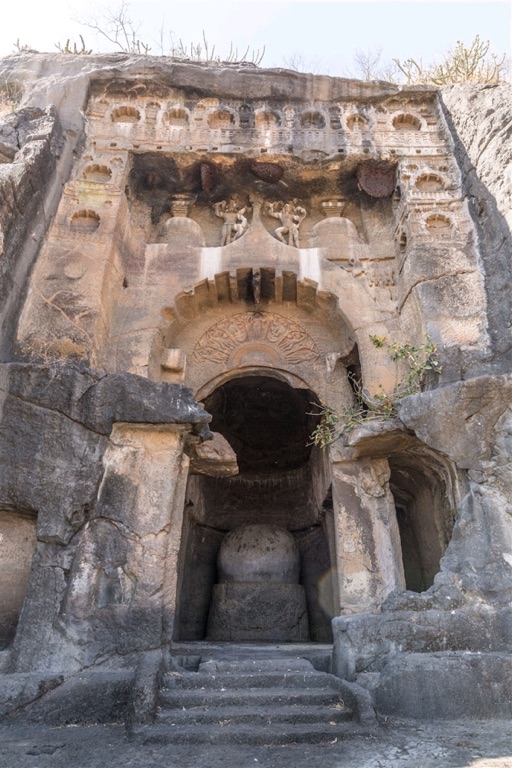Summary
The Historical Tapestry of Manmodi Caves
The Manmodi Caves are a remarkable assemblage of rock-cut wonders, etching the cultural and religious history of ancient India into stone. Nestled in the Sahyadri hills near Junnar, Maharashtra, these caves represent a monastic complex that has withstood the test of time. They offer significant insights into the practices of early Buddhist monks and highlight the architectural prowess of a bygone era. The caves, with their viharas and chaityas, meticulously carved inscriptions, and rock pillars offer a powerful reflection of the ascetic life and spiritual endeavors of their creators.
Get your dose of History via Email
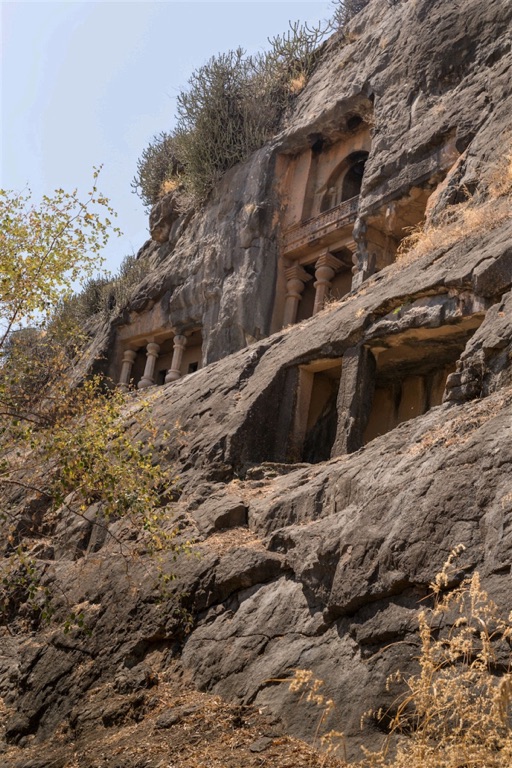
Scientific Revelations in Dating and Artistry
Utilizing advanced dating methods, historians have traced the origins of the Manmodi Caves back to the powerful Satavahana dynasty, dating from the 2nd century BC. These methods have revealed a chronological timeline of occupation and use, allowing us to piece together historical narratives with greater accuracy. The art and inscriptions within the caves serve as a linguistic and cultural lexicon that offers profound insights into the societal structures and religious beliefs that were prevalent at the time of their creation.
Unfolding Narratives and Future Discoveries
The Manmodi Caves continue to be an active site of curiosity and scholarly research. Theories around their usage – as sanctuaries for meditation, centers of learning, or storied halls of worship – are constantly evolving. Each visit and excavation can unearth new artifacts or interpretations, further illuminating the interaction between humans and their quest for spiritual enlightenment. By forging a connection with the past, the Manmodi Caves will continue to shape our understanding of human history and a civilization that once thrived in the heart of India.
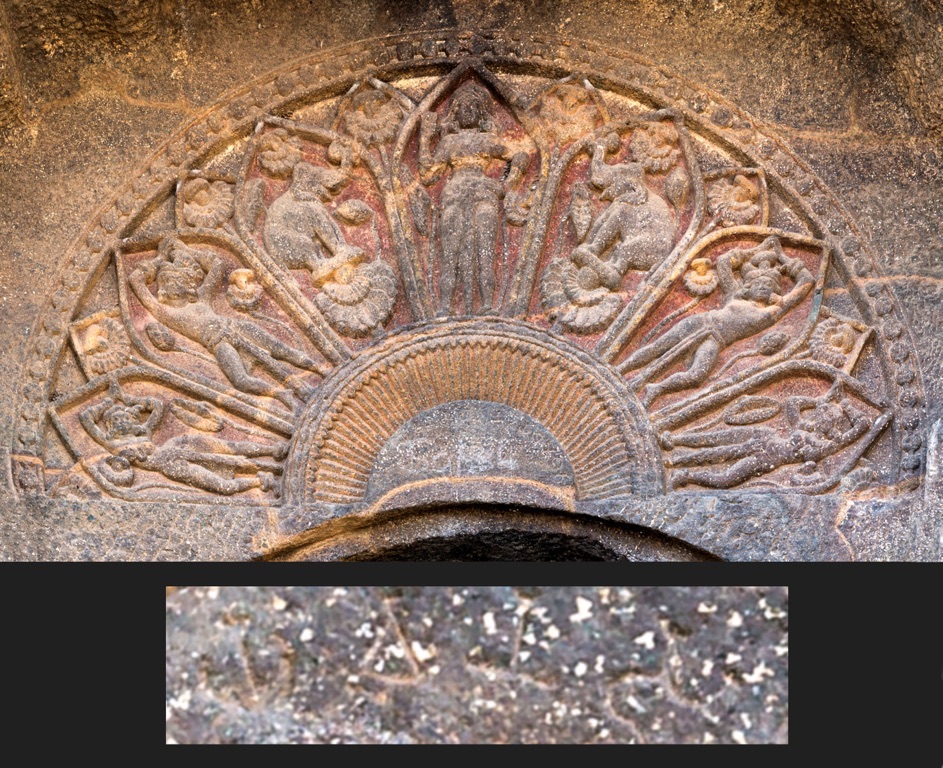
Historical Background of Manmodi Caves
The Manmodi Caves sit elegantly in a quiet corner of India, whispering tales from the Satavahana period. Discovered near Junnar in Maharashtra, these ancient structures serve as silent historians of a time long past. The caves, divided into three groups—Bhutalinga, Amba-Ambika and Bhadra, offer a rare glimpse into the lives and spiritual practices of early Buddhist monks. As early as the 2nd century BC, these rock-cut caves became a sanctuary for prayers and meditation, far removed from the bustling settlements.
A Sanctuary for the Ascetics
Ascetics and monks sought refuge in the Manmodi Caves for centuries. The simplicity of the caves’ design reflects the monks’ quest for enlightenment. Within these cave walls, they renounced worldly pleasures for a life of austerity. Even today, the caves’ intricately carved chaityas and viharas stand as proof of their dedication. These caves are not just hollows in rock, but a testament to a way of life that values the spiritual over the material.
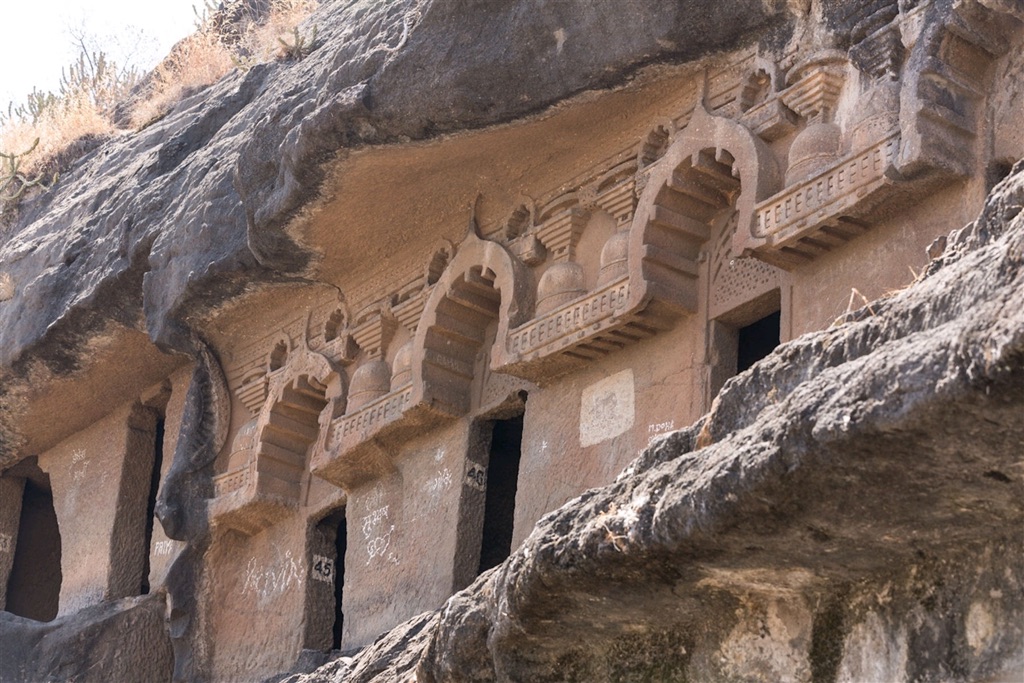
The Architectural Marvel
The Manmodi Caves are more than spiritual abodes; they are masterpieces of ancient Indian rock-cut architecture. In their design, one can see the harmony between function and form. Each cave was deftly carved out of basalt, with the faith and precision of an artist. The caves house stupas, inscriptions, and rock pillars that echo the ancient craftsmen’s skills. Without the modern tools we have today, their ability to create such architectural sophistication is truly remarkable.
The Echoes of the Past
Beyond their architectural grandeur, the Manmodi Caves hold historical significance. The inscriptions and carvings within provide valuable insights into the region’s past politics, culture, and trade. They also bear witness to the evolution of the Marathi script. Historians and archaeologists regard these inscriptions as crucial links to understanding ancient India’s timeline. Each symbol, each carving, carries a story that bridges gaps in our knowledge of human history.
Manmodi Caves stand resilient against the tests of time. As a result, they attract scholars, tourists, and truth-seekers alike. They remind us of an era when spiritual reflection was paramount, and architectural finesse was cherished. As we walk through these caves, we walk the same path as the monks did millennia ago, surrounded by the silence that once fostered countless meditations. It is this experience that makes the Manmodi Caves an enduring legacy of India’s rich cultural tapestry.
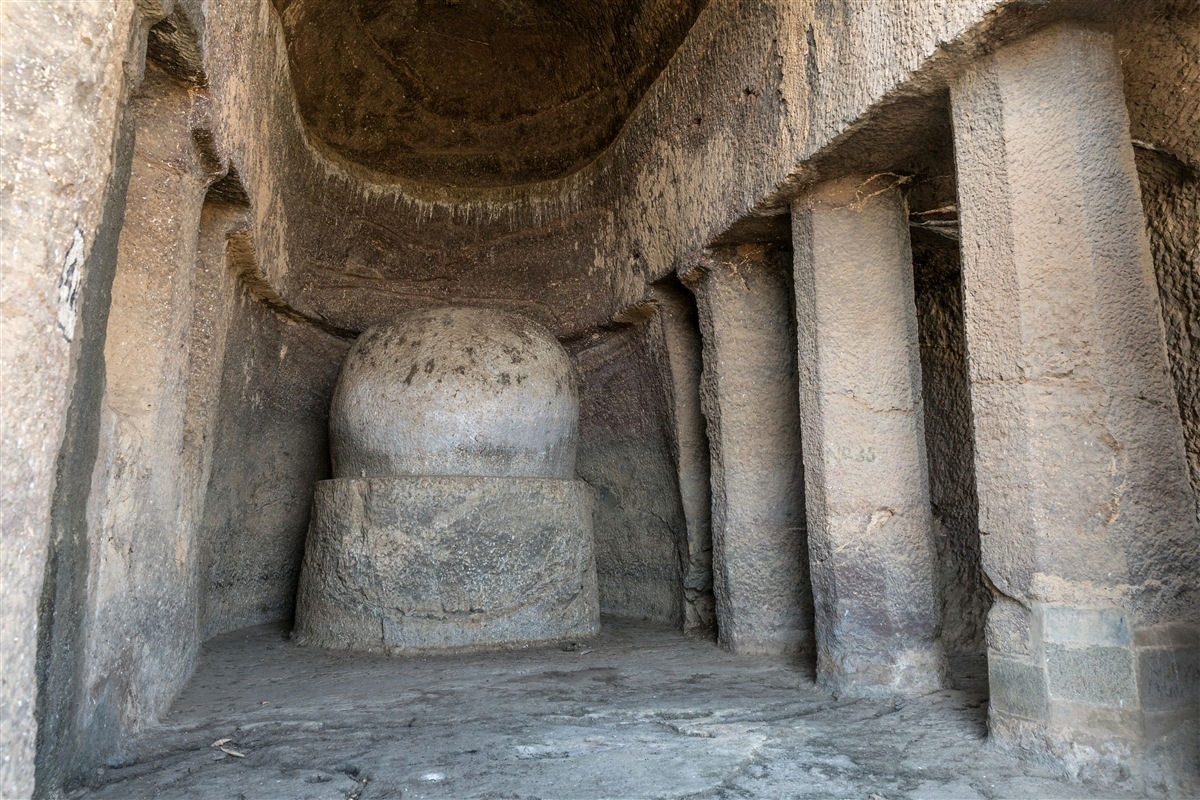
The Discovery of Manmodi Caves
At the turn of the 20th century, a newfound interest in India’s ancient heritage led to the identification of the Manmodi Caves. Historians and archaeologists came together in a time marked by curiosity and exploration. It was during this era of discovery that the Manmodi Caves emerged from years of obscurity.
Pioneers in Exploration
The British Raj, with its keen interest in archaeology, played a vital role in uncovering these historical gems. The caves, concealed by dense vegetation, posed both a challenge and an alluring mystery to early explorers. It took the determination of pioneering archaeologists to penetrate the thickets and reveal the entrances to the caves that had been hidden for centuries.
Chronicles of Discovery
James Burgess, a noted archaeologist of the Archaeological Survey of India, is credited with bringing the Manmodi Caves to light. His documentation in the late 19th century marked the caves’ first official record in modern times. His meticulous work forged the path for further exploration and understanding of these ancient marvels.
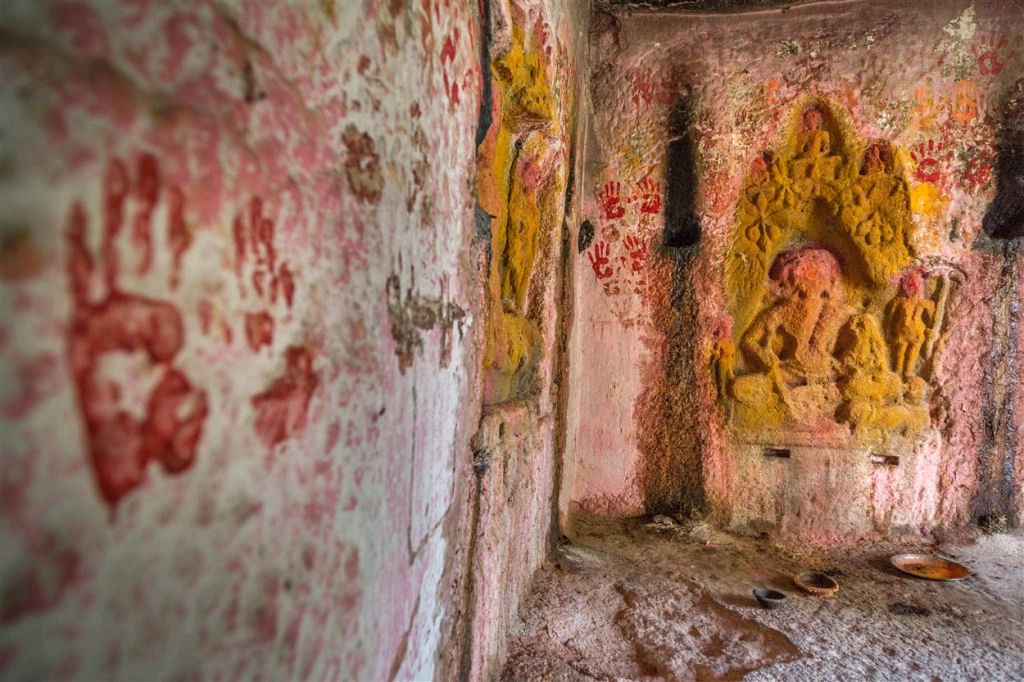
Inscriptions Telling Stories
Key to the caves’ discovery were the inscriptions found within, which offered clues about their creators. These inscriptions were like puzzles waiting to be solved. They provided precious insights into the linguistic evolution and cultural exchange that occurred in the region through the centuries.
The discovery of the Manmodi Caves is a saga of perseverance and dedication. It opened a window into an epoch rich with spiritual depth and cultural diversity. Today, these caves are a celebrated part of India’s expansive archaeological treasures. They stand as a testament to humankind’s ceaseless quest for knowledge and the preservation of our collective past.
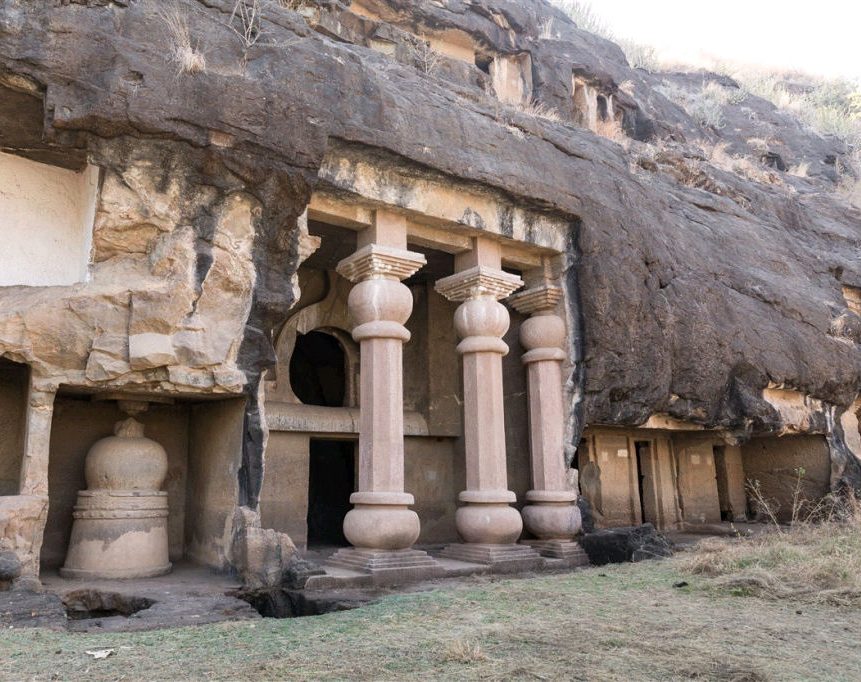
Cultural Significance, Dating methods, Theories and Interpretations
The cultural significance of the Manmodi Caves cannot be overstated. These structures are a direct link to ancient Buddhist traditions and practices, showcasing a deep spiritual connection of the past. The caves offer insight into the societal structures and religious fervor of the times, making them a pivotal site for understanding early Indian culture.
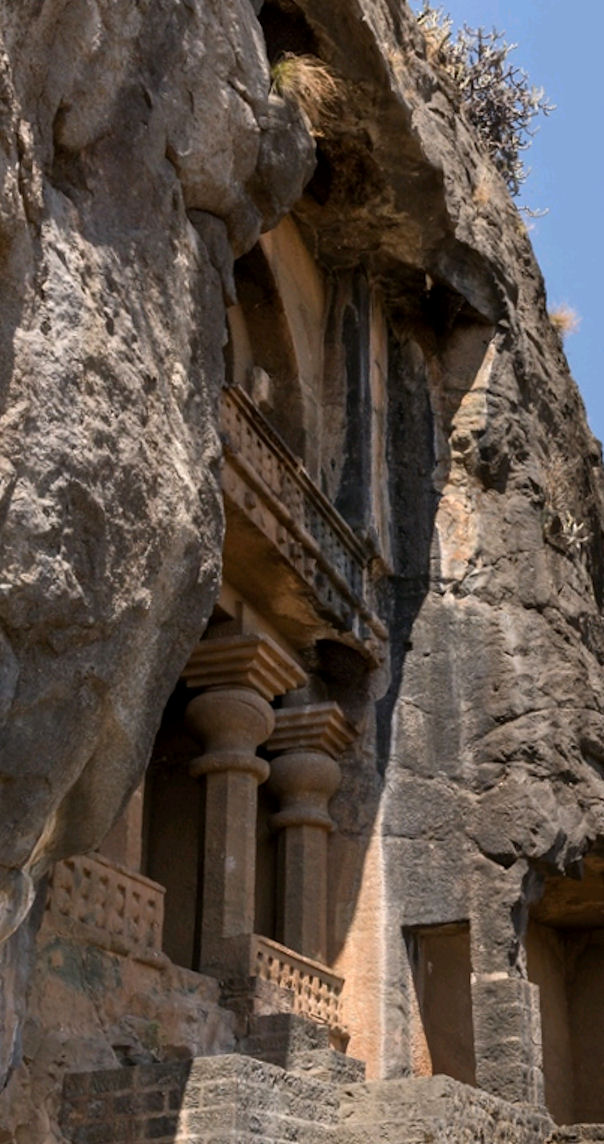
Unlocking Ages: Radiocarbon and Thermoluminescence
Scientific dating methods like radiocarbon and thermoluminescence have helped archaeologists determine the age of artifacts within the caves. These techniques provide a window into the past, revealing when these caves were carved and used. By analyzing material remains, archaeologists have pieced together timelines of human activity in the caves, which span several hundred years.
Theories of Monastic Life
There are numerous theories regarding the original purpose of the Manmodi Caves. The most widely accepted one is that these caves served as a monastic complex. This theory is bolstered by the presence of viharas – monastic quarters – and chaityas – worship halls – that suggest a strong monastic presence dedicated to study, worship, and meditation.
Interpreting Cave Art and Inscriptions
The art and inscriptions within the caves are open to interpretation. They are seen as expressions of the religious and philosophical ideas of the era. The eloquent carvings and meticulously inscribed verses stand out as profound communications from the ancient residents of the area to modern-day observers.
Sifting through the layers of history, the Manmodi Caves present an ongoing study for experts seeking to unveil the significance of the past. As the narratives within these caves continue to unfold, they contribute indispensable understanding to the cultural and historical tapestry of India.
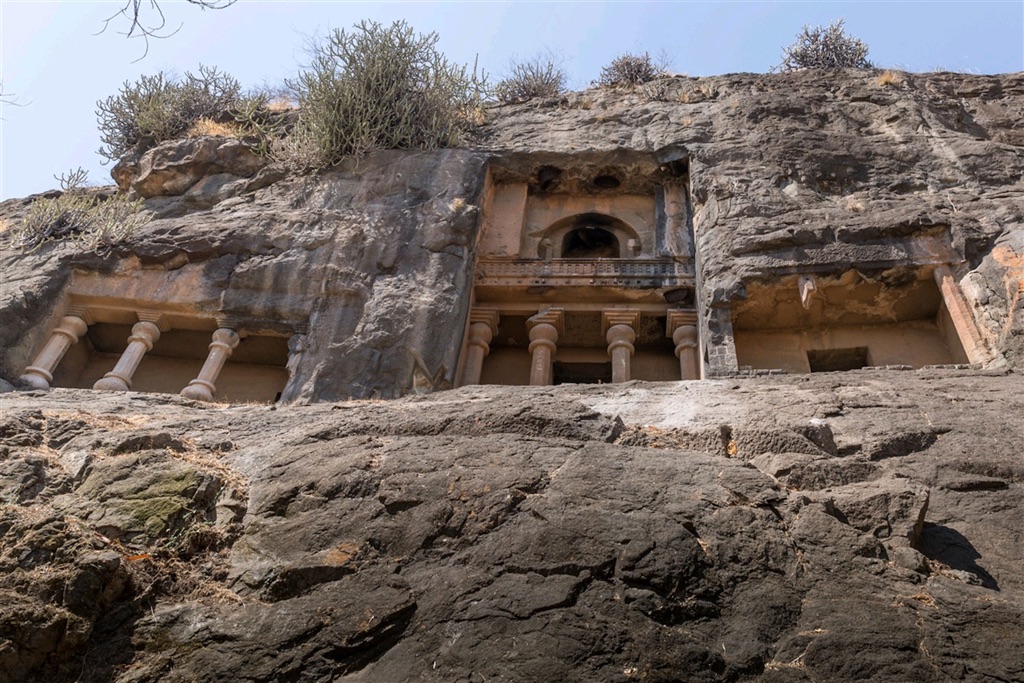
Conclusion and Sources
The exploration of the Manmodi Caves encapsulates a journey into the life and spirit of an ancient civilization. These caves, through their sublime artistry and tranquil architecture, have narrated stories of ascetic lives dedicated to the pursuit of knowledge and enlightenment. By connecting with the past through these timeless structures, we gain insight into the pivotal role that such historical sites play in our understanding of cultural evolution. As guardians of history, the Manmodi Caves echo the creative, spiritual, and intellectual endeavors of humanity, urging us to reflect on the richness of our shared heritage.
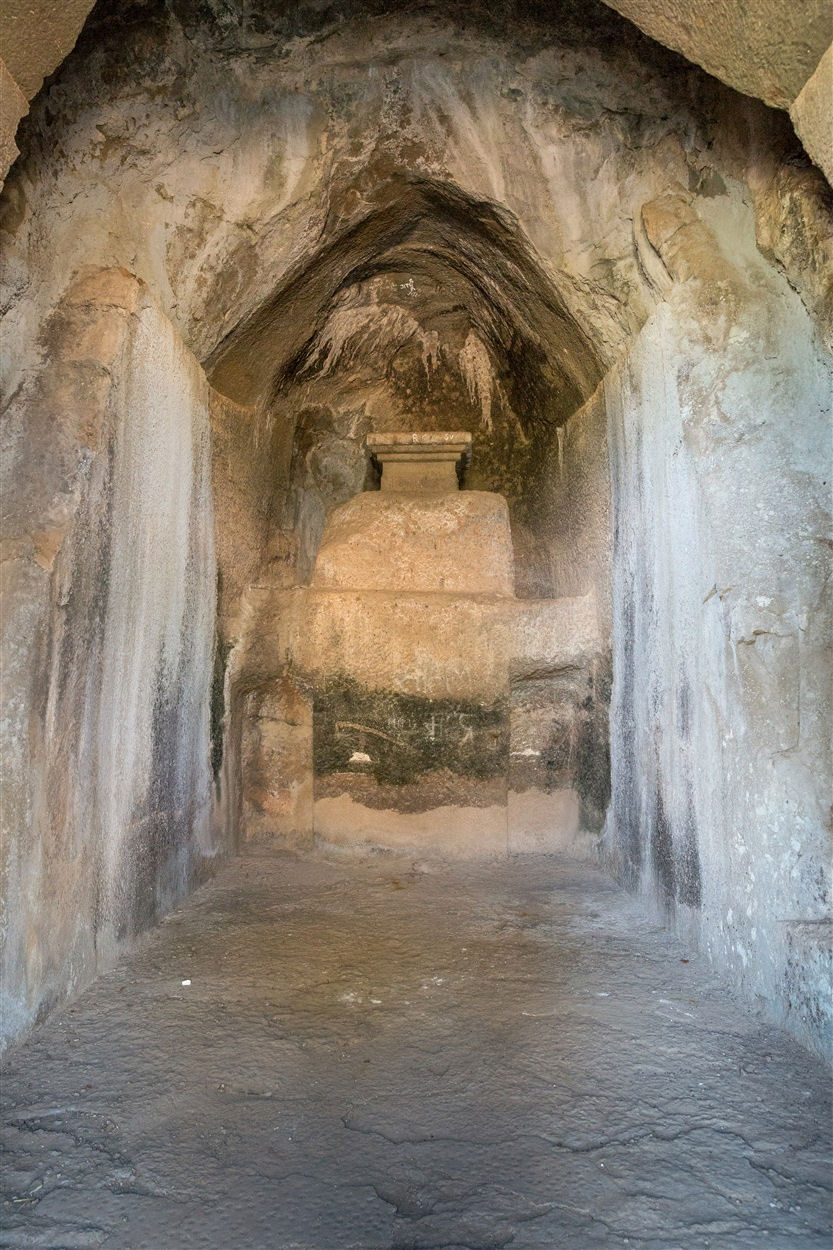
For further reading and to validate the information presented in this article, the following sources are recommended:
Or you can check any of these reputable archaeological and historical texts:
Burgess, J. (1883). ‘Report on the Elura Cave Temples and the Brahmanical and Jaina Caves in Western India’, Archaeological Survey of India. [A detailed account by a key figure in the discovery and documentation of Indian cave temples including Manmodi.]
Fergusson, J. and Burgess, J. (1880). ‘The Cave Temples of India’. W.H. Allen & Co., London. [This seminal work offers an extensive look at the architecture and significance of cave temples across India.]
Dhavalikar, M.K. (2003). ‘Satavahana Art’. Sharada Publishing House, Delhi. [Provides insights into the art of the Satavahana period with references to sites like Manmodi Caves.]
Spink, W.M. (1981). ‘Ajanta: History and Development, Volume 5, Cave by Cave’. Brill, Leiden. [Offers comprehensive research on the development of rock-cut architecture with occasional comparative references to the Manmodi Caves.]

